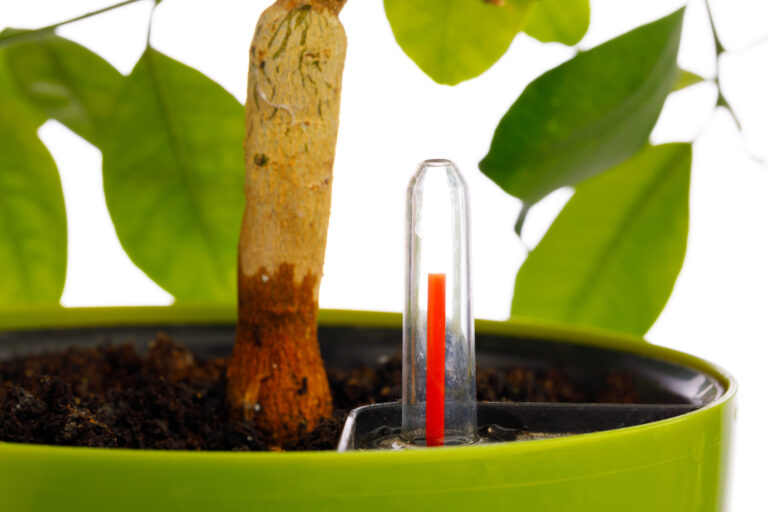Recently I was reading an article about 2023 gardening style trends. It referenced a current resurgence of passion for the Greek Garden. That sent me down a rabbit hole of beautiful fascinating looks at Greek-inspired gardens. However, so many of them are so pricy. So, I am curious about what we can do to enjoy…
garden hacks
5 Cheap Ways to Self Water Plants
Some people love the ritual of watering their plants each day. However, many of us like to simplify our schedules by setting up systems whereby plants can self water. Moreover, there might be times when you need plants to water themselves, such as when you go on vacation. It’s good to know some cheap ways…

